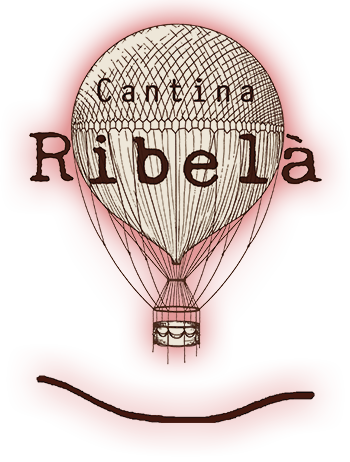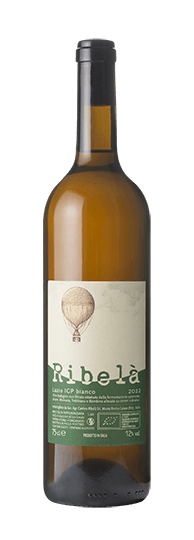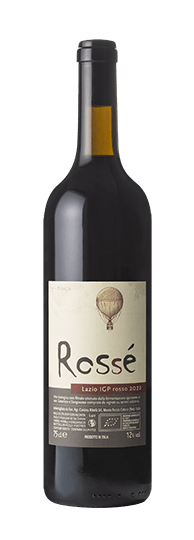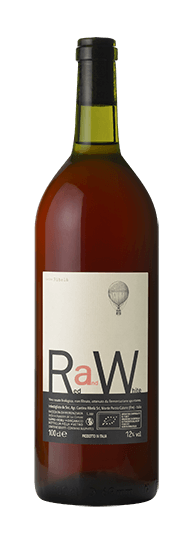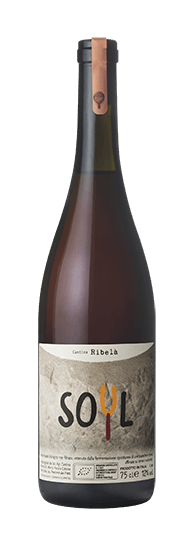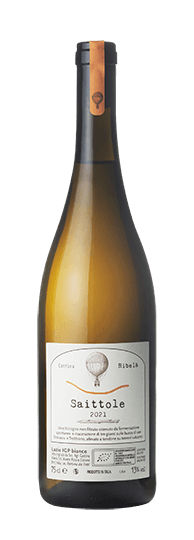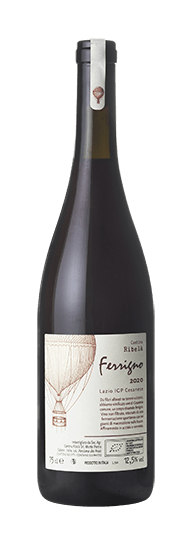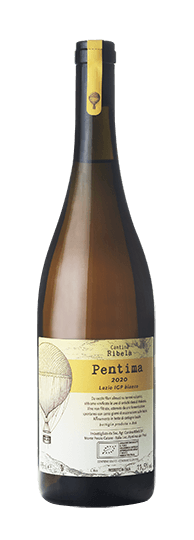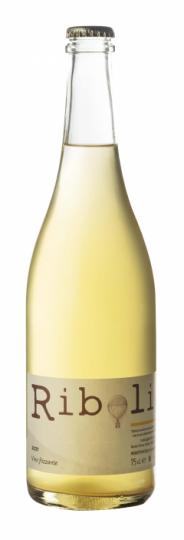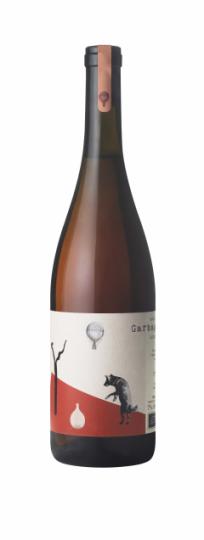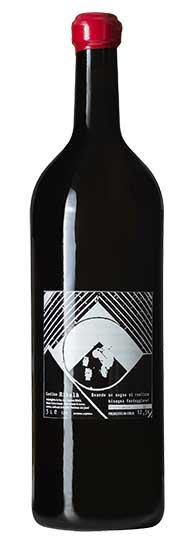We work the vineyard trying to translate into wine this wonderful, historically suitable terroir.
We believe that wine should never be the same, as it is the expression of a changing terroir and vintage.
From 2015 we used the biodynamics prepared by Carlo Noro and from 2019 the wines have biological certification.
All our wines are obtained by spontaneous fermentation on autochthonous yeast in an open vat.
They are not filtered nor clarified and do not include adjuvants and chemical additives.
The total amount of sulfur never exceeds 20 mg/l. Most of the production process is handmade.
The graphic project is edited by Daniele Presutti.
